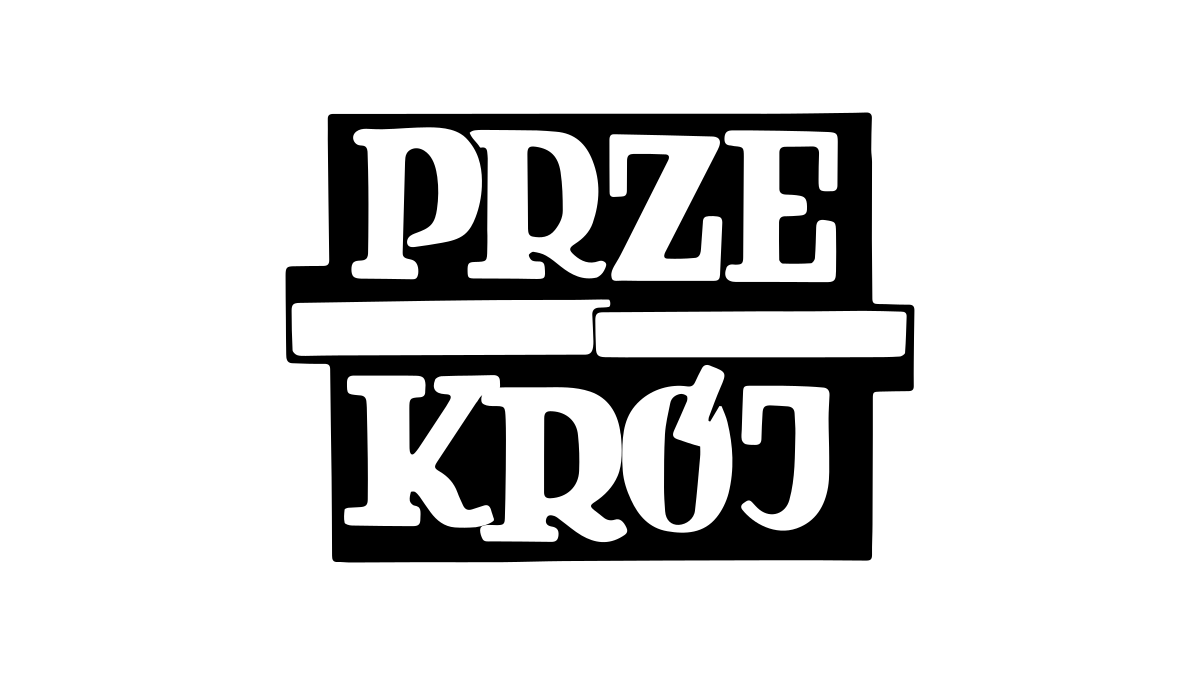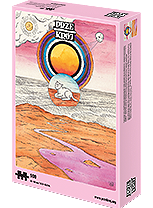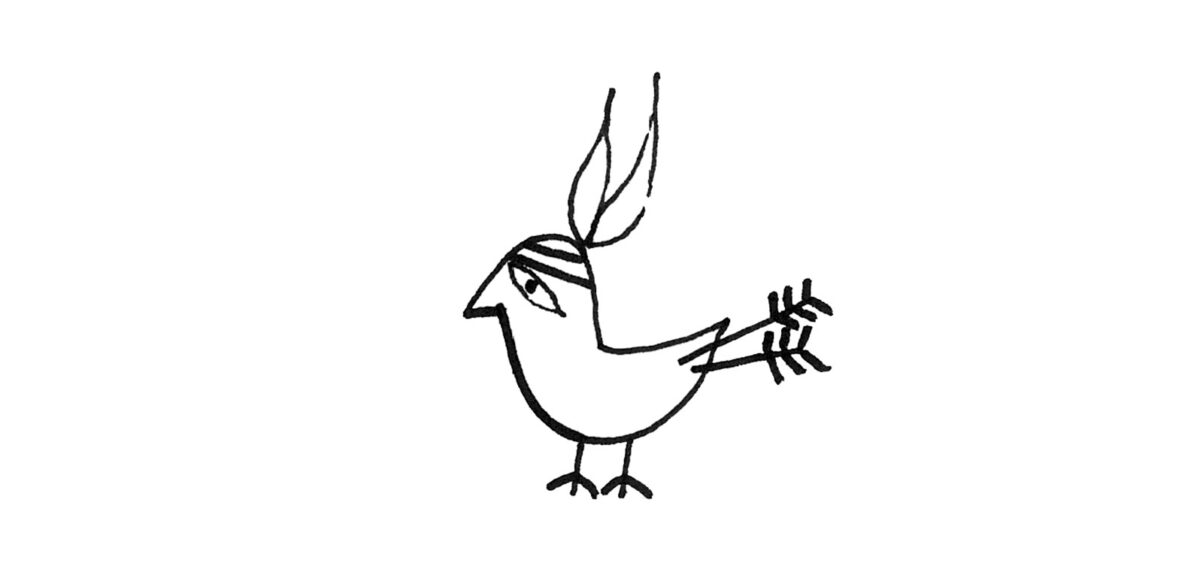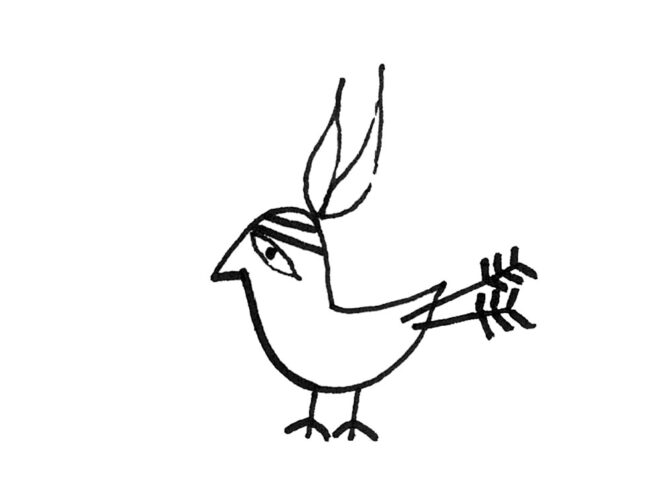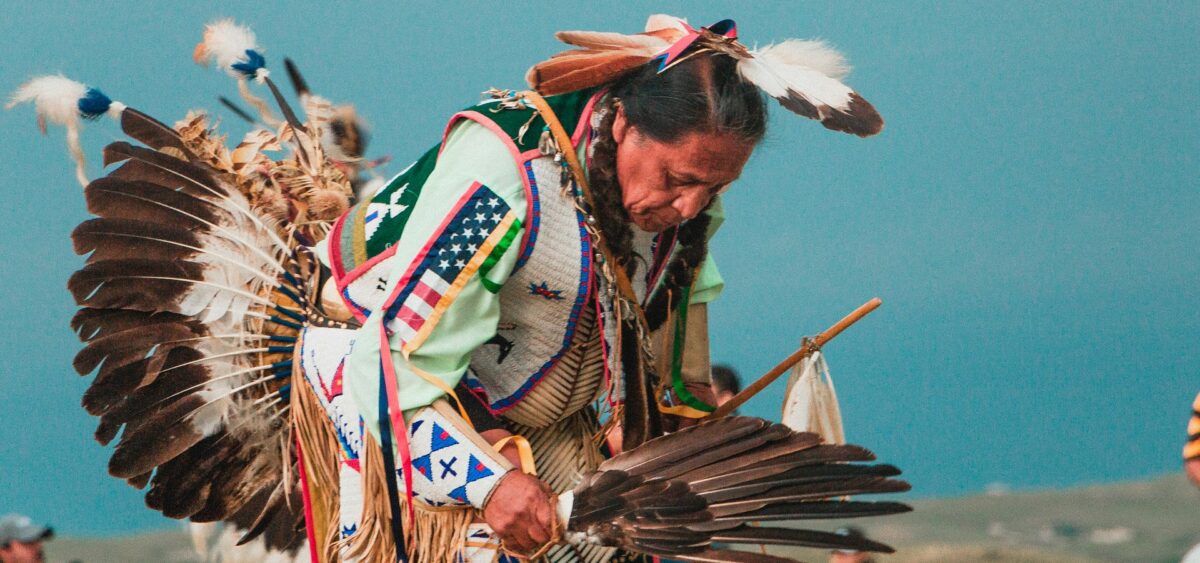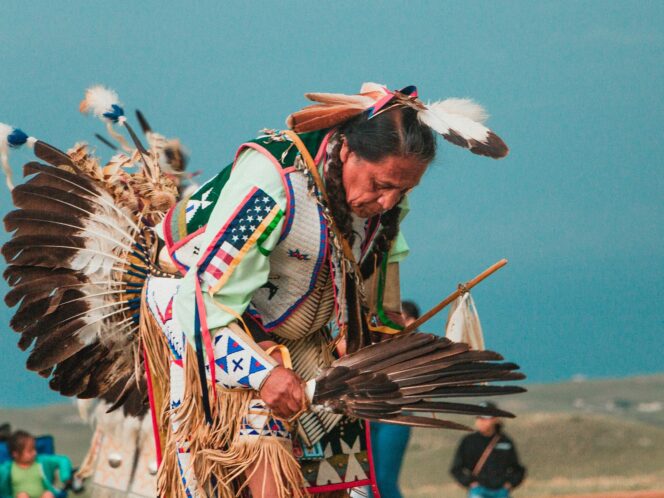
When, in 2020, the Ecuadorian authorities refused to help the people of the Secoya tribe, they turned to the place that had always waited for them: the forest.
The canoes moved out into the Aguarico River at dawn. They had around 160 kilometres to go, fortunately downstream. The members of the Secoya tribe were headed for the floodplains of Lagarto Cocha – a sacred place from which their forbears had been driven out 80 years ago after the Peruvian-Ecuadorian war. The wetlands on which the tribe had lived for centuries were then classified by the Peruvian government as a national park and for many years were protected by border guards. Only recently were the Indigenous inhabitants able to visit them again.
In spring 2020, the Secoya made their way there for help. One of the canoes held, among other people, the
